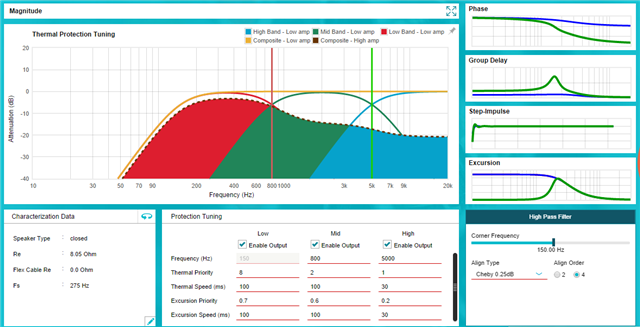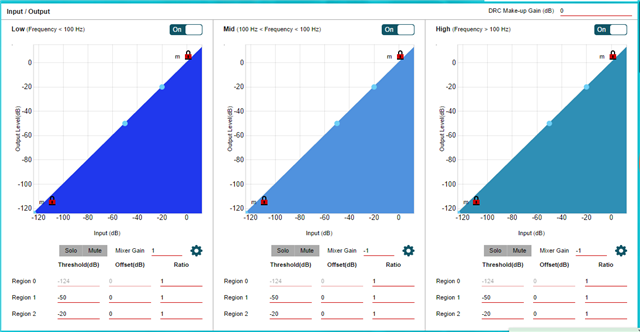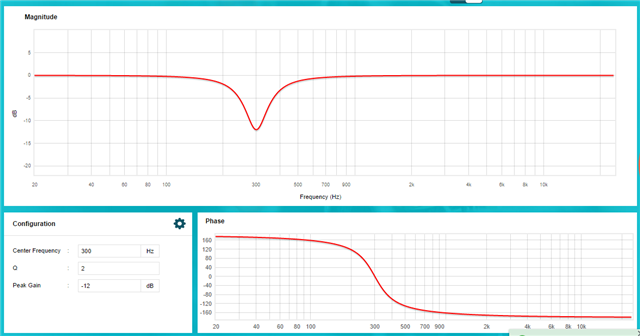Tool/software:
Hi, some engineers.
The product housing will arrive soon, so we plan to install speakers in it and adjust the sound quality, etc.
Before starting, I was researching sound quality adjustments, but I couldn't find any clear, organized documentation, so I'm asking here.
I would like to know how to use "Smart Amp", "DRC 3-Band", and "DEQ" in "Audio Processing".
At present, we do not understand what criteria should be used to change the parameters and how.
(There is a reference unit for sound quality.)
I look forward to answer.
Regards,
Fumiya.






